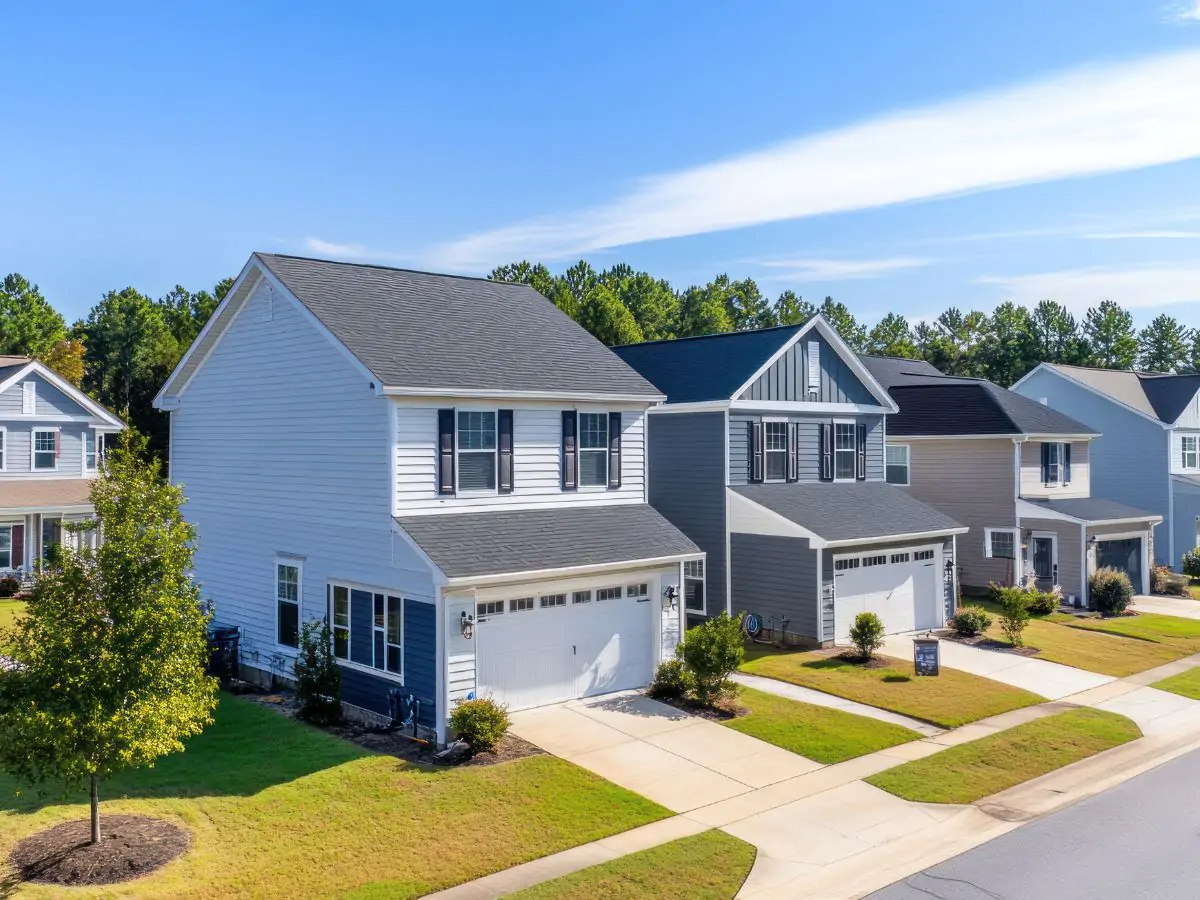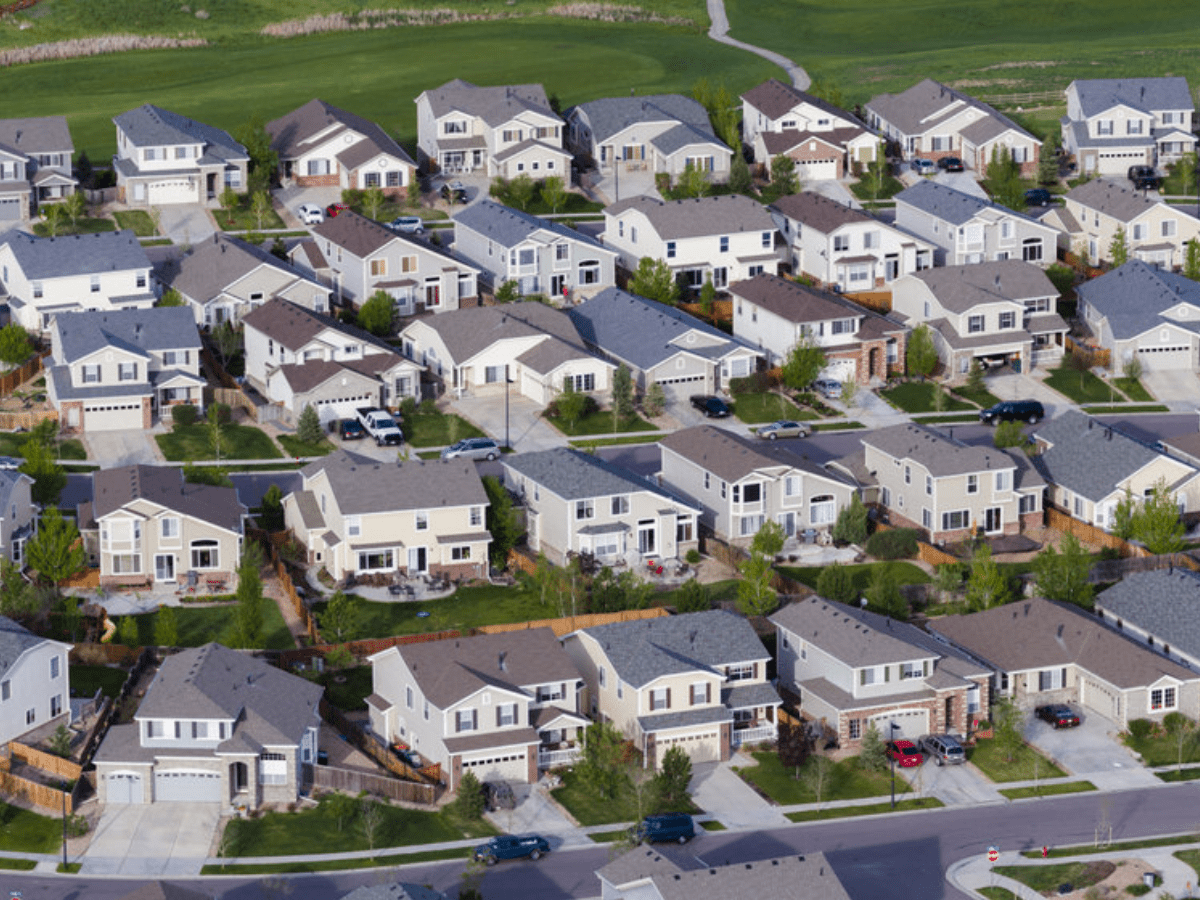
Why Buying a Home Feels Out of Reach for So Many Americans
For millions of Americans, buying a home used to be a marker of financial adulthood—a milestone that meant you’d made it. But in 2025, that milestone feels more like a mirage. According to a new report by researchers at JPMorganChase Institute, housing affordability in the U.S. is now at “historically low” levels. Translation? Owning a home has rarely been harder.
The culprit isn’t just one thing. It’s a perfect storm of fast-rising home prices, steep interest rates, and wages that just can’t seem to keep up. And the fallout is hitting first-time buyers the hardest, especially those aged 24 to 44, the very group that should be entering the housing market in droves.
The 45% Jump No One Asked For
Let’s start with the math. According to the report, a typical homebuyer in 2024 had to shell out about 45% more of their income on monthly mortgage payments than they did back in 2019. That’s not a small bump—that’s a gut punch. Imagine your paycheck staying mostly the same while your biggest expense nearly doubles. That’s the kind of squeeze we’re talking about.
Researchers Chris Wheat and George Eckerd put it bluntly: to buy a home comparable to what you could afford in 2019, you’d need to boost your mortgage budget by almost half. And that’s just to stand still.
The spike is partly driven by a 50% surge in home prices over the past five years. But even if prices had stayed flat, higher interest rates alone have added roughly $600 to the average monthly mortgage bill. That’s enough to throw off a household budget, especially for younger buyers juggling student loans, child care, or trying to save for the future.
When Paychecks Can’t Keep Up
Yes, wages did rise between 2019 and 2024. But not fast enough.
Back in 2019, people aged 24 to 44 typically spent about 30% of their monthly income on mortgage payments. By 2024, that number had ballooned to nearly 58%. That’s dangerously close to being “house poor”—a term used when housing eats up so much of your income that there’s barely anything left for other necessities, let alone savings.
Danielle Hale, Chief Economist at Realtor.com, puts it this way: “Affordability has always been a challenge for homebuyers, but the data now shows we’ve entered new territory. It’s more extreme than we’ve seen before—and where you’re buying makes a big difference.”
One of the more surprising takeaways from the report is that the sharpest drops in affordability haven’t happened in big, expensive cities like San Francisco or New York. Instead, the pain is being felt in places that were once considered affordable: small towns, suburbs, and rural areas.
It turns out that home prices in these areas have jumped more than incomes, especially in small metro regions with populations between 500,000 and 1 million. These are the kinds of places people fled to during the pandemic, thanks to remote work. Back then, leaving the city for a quieter—and cheaper—life seemed like a no-brainer.
But that shift in demand has driven up prices fast. As more remote workers moved in, bidding wars broke out, inventory shrank, and costs shot up. Meanwhile, income growth in these areas lagged behind. The result? Once-affordable places are now feeling the same affordability crunch that cities faced years ago.
According to the report, urban cores in major metros actually saw the lowest home price growth and the highest income gains. So oddly enough, the urban exodus may have made big cities slightly more affordable (relatively speaking) while pushing up prices in the suburbs and countryside.
A Tale of Two Homeowners
All this helps explain why the housing crisis can feel so uneven. If you already own a home in the suburbs, you’ve likely gained significant equity over the past five years. Your investment paid off—and then some.
But if you’re still renting, especially in those same areas, you may feel completely locked out. The down payment required for a home keeps growing, and with rents also on the rise, saving up that lump sum can feel nearly impossible.
“Buyers followed affordability,” Hale explains. “Remote work gave people more flexibility, and they used it to move to places where homes were cheaper. But this report shows that affordability didn’t stay put. It moved—and in many cases, it disappeared.”
So, What Now?
There’s no quick fix here. Higher interest rates aren’t likely to drop overnight. Home prices tend to be sticky on the way down. And building new housing takes time, even when local governments are willing to approve it—which, let’s be honest, they often aren’t.
In the meantime, would-be buyers are stuck making tough choices: commute further, downsize expectations, or simply stay on the sidelines. And that has knock-on effects. People delay having kids, moving for jobs, or putting down roots in communities. Homeownership, once a wealth-building engine for the middle class, is increasingly looking like a privilege.
The JPMorganChase report doesn’t offer any silver bullets, but it does shine a harsh light on a system where the dream of owning a home is slipping further out of reach—even in places where that dream used to be most attainable. For now, the housing market is sending a clear message: if you want in, it’s going to cost you.



